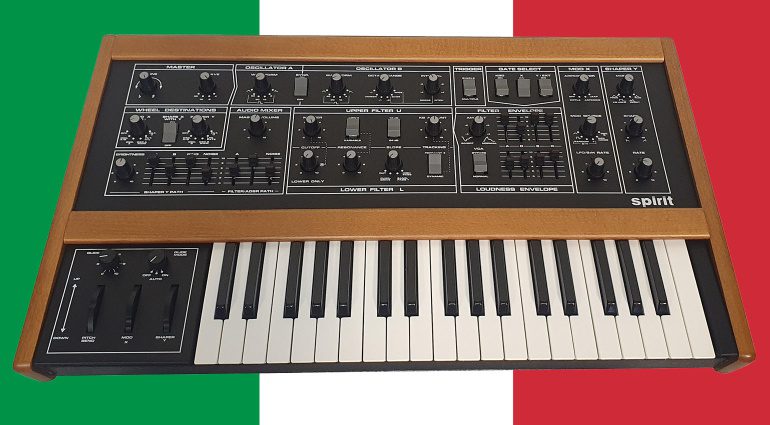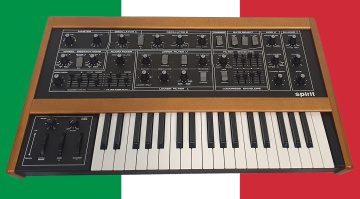Italian synthesizers are a breed unto themselves. Quirky and characterful, they provided a much-needed counterpoint to the instruments of America and Japan. Today we celebrate Italy with this look at its top synths.
Italian Synthesizers
In the Synth Giants series, I’ve covered the history of synth companies from America like Moog and ARP as well as Japan and England. That’s certainly not the end of the world’s synthesizer manufacturers though. One country that I’ve yet to address is Italy. Today, let’s rectify this with a look at some of the highlights of the southern European country’s many Italian synthesizers.
Unfortunately, there’s no way to cover all of the important instruments from an entire country in one story. So I’m not even going to try. This is intended to be a brief overview. I apologize in advance if I’ve forgotten your favorite Italo synth. If there’s one you think people should know about, let us know in the comments.
Italian Synthesizers: Elka
On the Adriatic coast of Italy, there’s a medieval town called Castelfidardo. Like Hamamatsu in Japan, it manufactures a lot of musical instruments. These were originally accordions but as time has passed, it’s evolved to include others – like synthesizers. Elka was one such company, with its founder, Piero Crucianelli, setting up in the same building that housed his grandfather’s accordion factory. Elka manufactured accordions, of course, but also organs and later synthesizers.
One of its first breakout instruments was the Rhapsody 610 in 1974. A string machine, it was popular with electronic artists like Tangerine Dream, Jean-Michel Jarre and Vangelis. It had four sounds, violoncello, strings, clavichord and piano, and sounded heavenly.
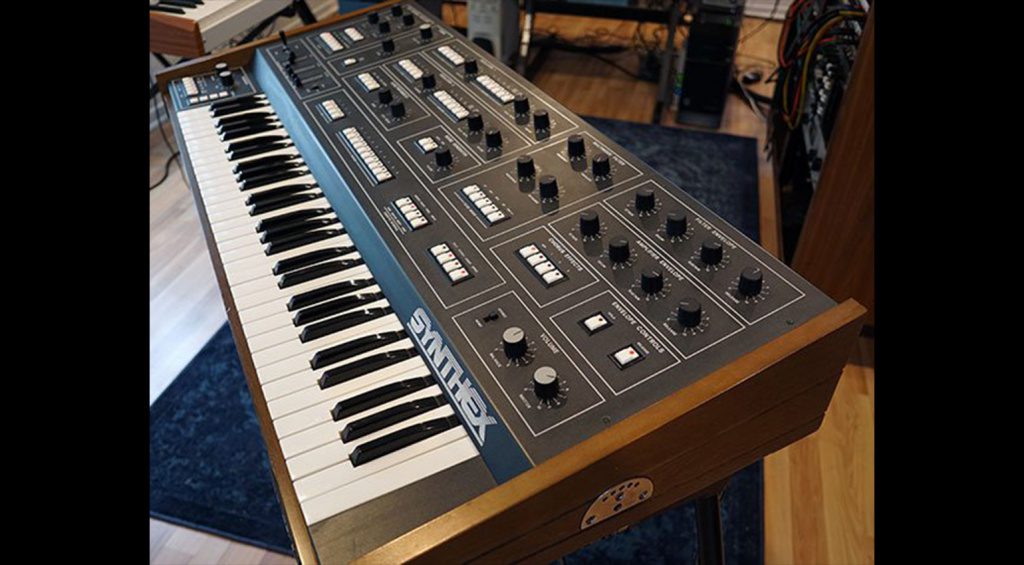
Even more heavenly, however, was 1981’s Synthex. Developed independently by Mario Maggi, who brought the instrument to Elka to distribute, it was a gorgeous eight-voice analog polysynth with DCOs, a novel thing at the time. Italian companies had a reputation for being affordable but unreliable, which likely prevented the Synthex from becoming the hit Italian synthesizer it deserved to be. Now it lives on as the Elka-X, a software recreation from Cherry Audio.
Italian Synthesizers: Crumar
In 1971, Piero Crucianelli’s brother Mario left Elka and, together with his business partner F. Marchetti, founded Crumar. As with Elka, the company established its name with organs and string synths (Italy was particularly adept at string machines) such as 1979’s Performer, with its typical configuration of divide-down oscillator-generated brass and string sounds. Crumar recently revived the Performer as a soft synth.
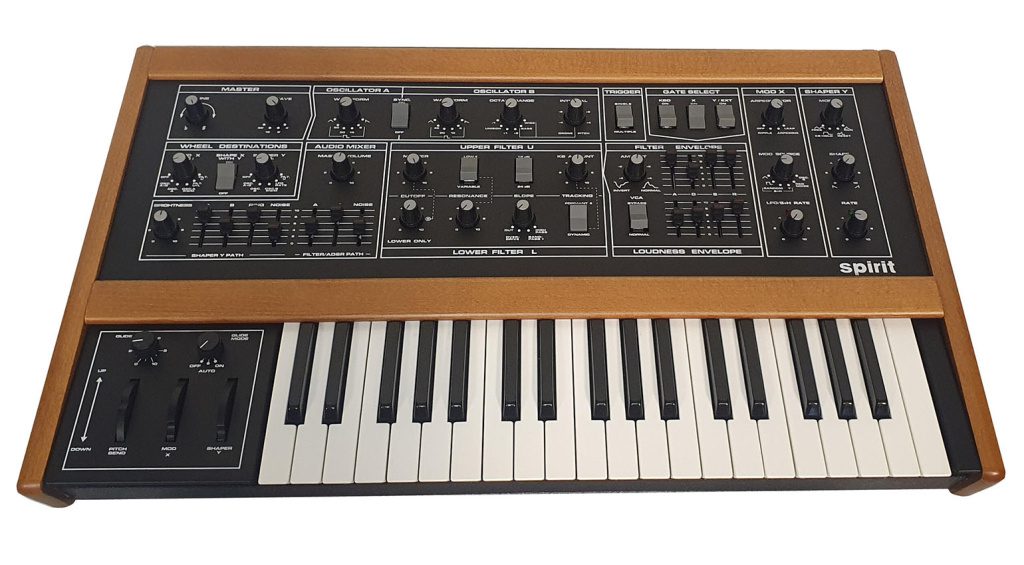
Crumar also made proper synths, with 1983’s Spirit perhaps its crowning glory – and certainly a standout among Italian synthesizers. Designed by Bob Moog with Minimoog co-designer Jim Scott plus former Moog employee Tom Rhea, the monosynth had a number of unusual synthesis parameters, including both Ladder and SEM filters and two separate signal paths. Crumar remade the Spirit in 2023 in limited quantities.
The early ‘80s was not a good time to release an analog monosynth like the Spirit. Was it a good time to release an analog polysynth? That’s also debatable. Unless your name was Yamaha and your synth started with DX, it was going to be an uphill battle. This was especially true if your company name was associated with budget but uncool electric pianos and disco string machines. For the company’s promising 1984 six-voice poly – also designed by Signor Synthex himself, Mario Maggi – Crumar badged it as Bit and called it One. Vaguely digital!
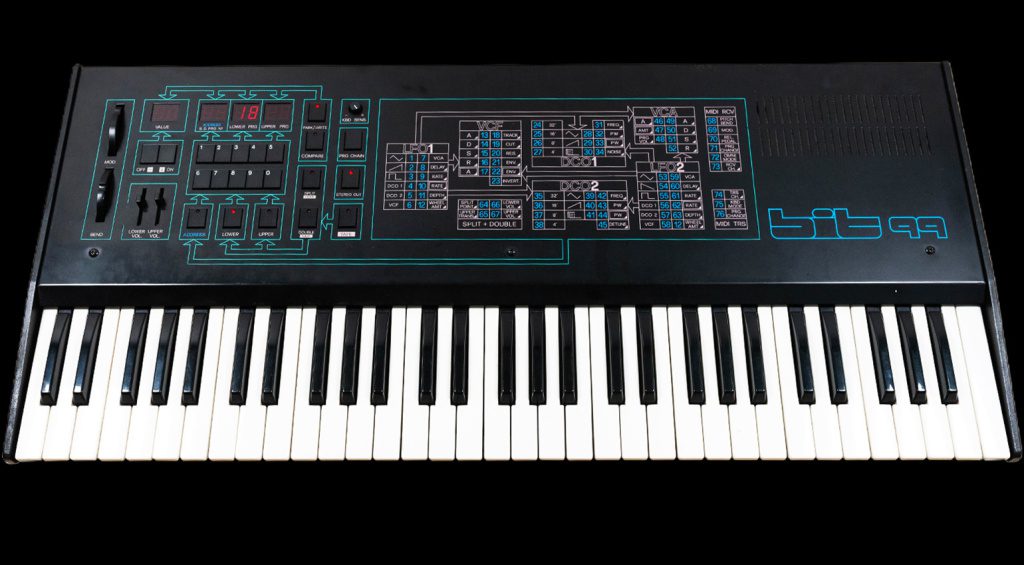
The Bit One and its follow-ups, the rackmount Bit 01 and keyboarded Bit 99, were beautiful-sounding instruments with some frustrating design choices. Despite the fact that they were better apportioned than their Roland and Korg contemporaries, with two oscillators per voice, plentiful modulation and even velocity sensitivity, they unfortunately failed to set the world alight. I’ve always wanted one though, as they have a unique sound that deserves to be reappraised.
Crumar stopped trading in 1987 but the name was revived in 2008 and continues to this day.
Italian Synthesizers: Siel
Societa Industrie Elettroniche, better known as Siel, made electronic organs and Italian synthesizers starting in the 1970s. It might be best known outside Europe, however, for licensing its instruments to be rebadged and sold with different names.
The Orchestra, which came out in 1979, was a performance-oriented, fully polyphonic analog synth. It had four sections of presets – brass, strings, reed and piano – and not much tweakability. Adrian Utley of Portishead is a fan and used one on the recording of Third. ARP eventually bought the Orchestra, changed the reed presets to organ and sold it as the Quartet.
In 1982, Siel improved on the Orchestra, releasing the OR400 Orchestra 2. It offered some improvements over the original, including a pitch bend, graphic equalizer, flanger and chorus, and LFO. Interestingly, a different American company picked this one up for stateside release, and the instrument became Sequential Circuits’ Prelude.
Sequential released another Siel instrument as well, the Cruise (1981). A combination of the Orchestra and the monophonic Mono, it became the Sequential Circuits Fugue. Adrian Utley is apparently a big fan of the Cruise too. I guess he likes Italian synthesizers.
In 1983, Siel released the synth it is probably most famous for now, the Opera 6 (later re-released as the DK600). A six-voice poly with two oscillators per, it had SSM 2044 filters and sounded just lovely. At the time of its release, it was one of the first affordable polys with velocity sensitivity and MIDI. “Clearly Siel’s recent cooperation with Sequential Circuits has led them to be very forward-looking,” said Electronics & Music Maker magazine in 1983.
Siel was bought out by Roland in 1987, who took over the company’s sales and distribution channels and set up its own Italian R&D division.
Italian Synthesizers: Jen
Jen, an Italian organ company, made a few forays into the world of Italian synthesizers. The one that people remember today, the SX-1000 Synthetone, is a cute little monophonic from 1978 and unique in that it had a DCO rather than a VCO. Users swear by the square wave and PWM. Check it out in the demo below.
Not every Italian synthesizer is a relic from the past. IK Multimedia has released three versions of the analog UNO now and, like their spiritual forebears, they are unique and characterful Italian synthesizers.
The first, the original UNO Synth, came out in 2018 and was a collaboration between Italian synth designer Soundmachines and Erik Norlander. The two-VCO analog monosynth features a multimode filter with overdrive plus a sequencer for 303-style patterns.
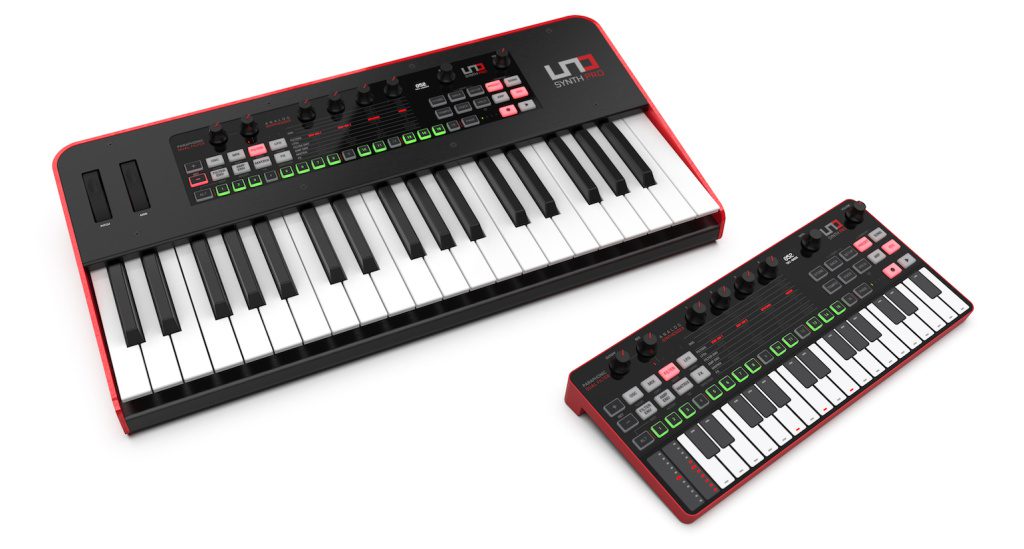
In 2021, the team followed it up with two versions of the UNO Synth Pro, a small desktop model and a full-size one with Fatar keybed. Analog paraphonic with three oscillators, two filters and effects, they’re powerful instruments with a great sound.
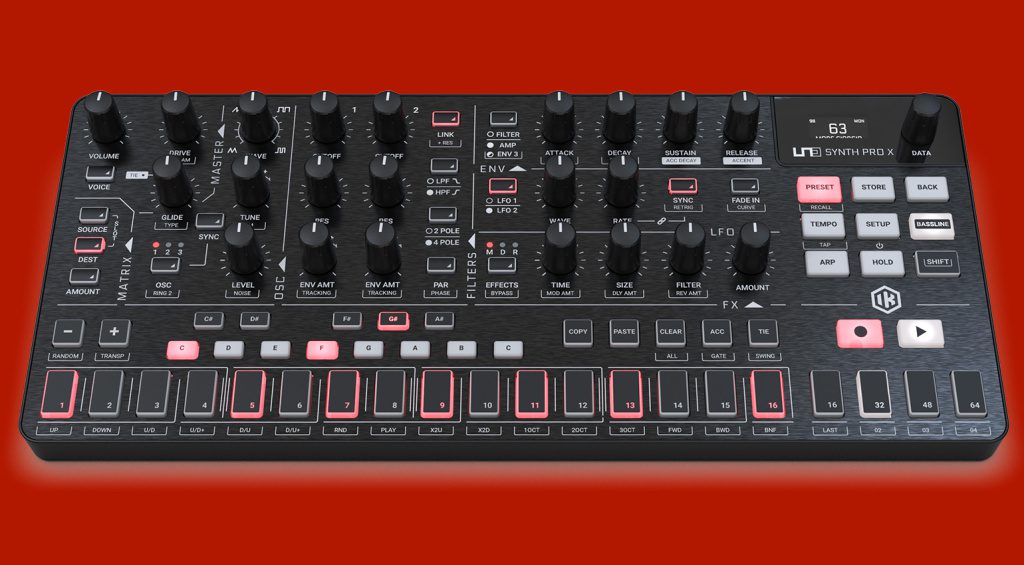
In 2023, IK Multimedia went back again to the UNO well for the UNO Synth Pro X, a desktop-format refresh of the model with more hands-on control. “It is my belief that with the Pro X, IK Multimedia has finally got the UNO Synth right,” said our Rob in his review. “That’s not to say that the previous incarnations were in any way poor. It’s been an enjoyable journey and I’ve always loved each step. The Pro X feels like a proper synth now.”

